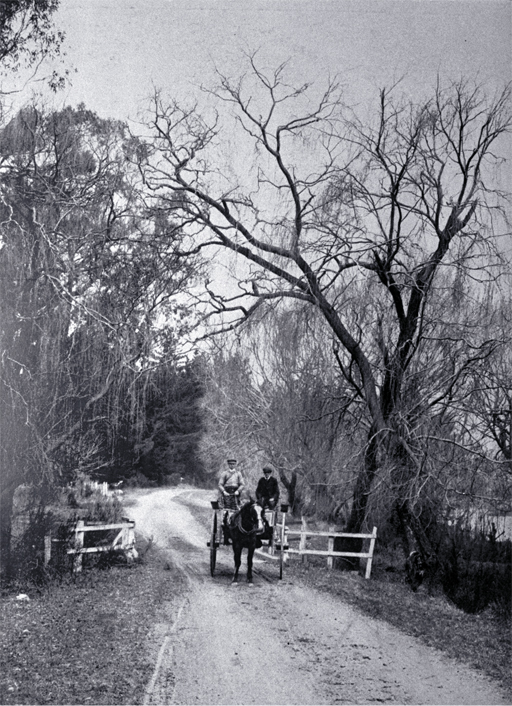History of the Horseshoe Lake Reserve in Burwood, Christchurch
The wetlands of Christchurch are gradually disappearing but Horseshoe Lake Reserve is one of the few still remaining. This reserve offers a close glimpse of a preserved wetland habitat and reminds us what most of Christchurch must have looked like.
The lake was thought to be an arm of the Avon River (Otakaro River) and became cut off when the main flow found a more direct route to the sea.
The Maori called the lake Waikakariki, which has several meanings, green water, or green lizard, or green parakeet. They built an unfortified Pa called Te Oranga (meaning health) on its banks. Eels, fish, and birds were harvested from the lake and surrounding wetlands. The whole area was a significant food-gathering site for Maori.
In 1848 a sale of Maori land agreement (known as Kemps Deed) was signed by sixteen Ngai Tahu chiefs and the Crown's representative Henry Kemp. The land sold for 2000 pounds and excluded all settlement and food-gathering sites, but when Walter Mantell surveyed the land bought by the Canterbury Association, he deliberately cut down the reserves allowed to Ngai Tahu and completely ignored their food-gathering sites. Instead of remaining with Ngai Tahu, Horseshoe Lake, an important food-gathering site, was sold to the Canterbury Association. In 1868 a claim by Ngai Tahu to regain this site and others was argued in the Native Land Court but their claims were unsuccessful.
Charles Peagram, a dairyman from Heathcote was the first recorded owner of the land. The Crown Title was issued in 1866. In 1879 ownership changed to William Lucas, a well-known civic benefactor who bequeathed over 400 acres in various locations to the city including 17.3 hectares south of the lake during the 1880s.
A large variety of birdlife can be seen at the lake, such as pukeko, mallard duck, little shag, kingfisher (kotare), grey duck (parera), Canada goose, New Zealand shoveller (kuruwhengi), and New Zealand scaup (papango). Eel, perch, and trout inhabit the water. Lake levels are controlled by tide gates.
Vegetation in the area includes typical wetland plants such as raupo, rushes, flax, and sedges. The planting of willows commenced in 1904 and the area was also declared a wildfowl sanctuary.
Horseshoe Lake has been given Ecological Heritage Site status. These sites have been chosen to be representative of the range of landform/soil/plant associations that occur within Christchurch, and are remnants of vegetation types that were once widespread.
The council took over responsibility for the area in 1954. A walkway through the reserve alongside the lake offers the opportunity to view up close one of the few remaining wetland habitats in Christchurch.